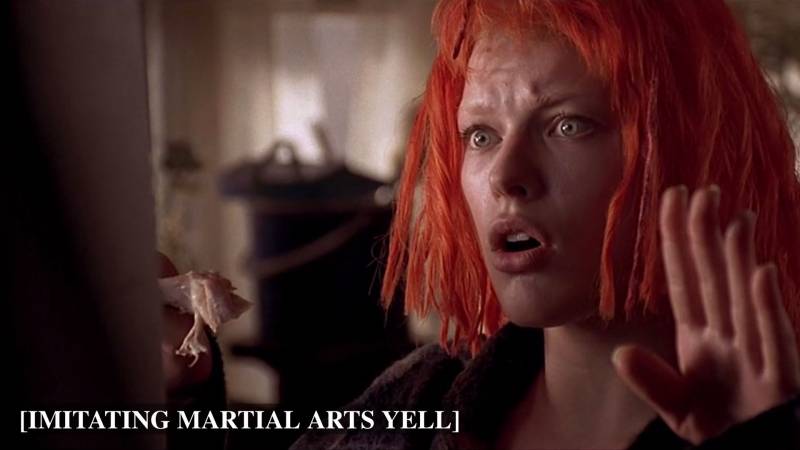This event has been postponed due to coronavirus concerns. Rescheduling to a later date is planned. For more, see here.
Once it’s pointed out, it’s hard to unsee: Asian futures without Asian people. In 2019, Oakland curator and artist Astria Suparak started cataloguing the trope (a form of techno-orientalism) in science fiction films made by white directors.
She found scores of movies and television shows depicting futures filled with Asian culture (red lanterns hanging across alleys, samurai swords in evil lairs, women wearing cheongsams, signs in Arabic script), but devoid of the people actually responsible for that culture.
In an illustrated talk derived from this research, Suparak promises “trivia, anecdotes, musings and details from the histories of architecture, fashion, design and film.” The event is part of the Wattis Institute’s ongoing series addressing the work and influence of filmmaker, writer, composer and UC Berkeley professor Trinh T. Minh-ha. A quote from her 1989 film Surname Viet Given Name Nam sets the tone for Suparak’s discussion: “Media images are the continuation of war by other means. Immersed in the machinery, part of the special effect, no critical distance.”
The talk “Asian Futures, Without Asians” is Suparak’s critical distance. Examining the imagery in movies like Luc Besson’s The Fifth Element, with examples that stretch from the 1970s to present-day sci-fi, she asks the audience a crucial question: What does it mean to absorb visions of the future that decontextualize Asian culture from its very people? –Sarah Hotchkiss


